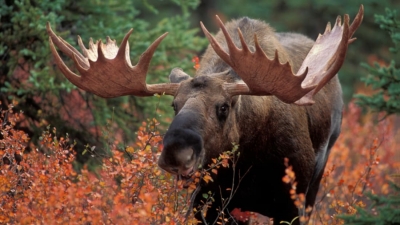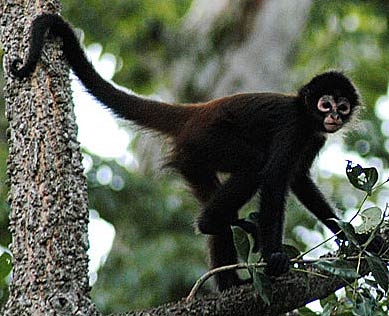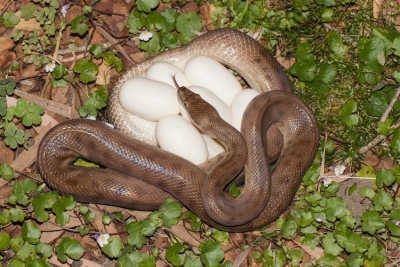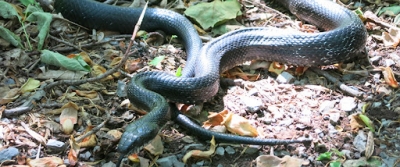What is wildebeest?
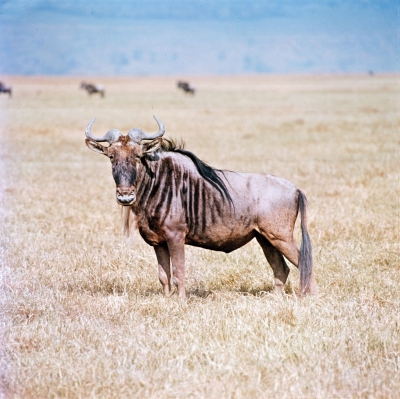
The ungainly gnu (pronounced “g-new” or simply “new”) earned the Afrikaans name wildebeest, or “wild beast,” for the menacing appearance presented by its large head, shaggy mane, pointed beard, and sharp, curved horns.
Their habitat comprises the grassy plains and open woodlands of central, southern, and eastern Africa, particularly the Serengeti in Tanzania and Kenya. They travel in large herds and are active day and night, grazing constantly.
Up to 500,000 calves are born in February and March each year, at the beginning of the rainy season. Calves learn to walk within minutes of birth and within days are able to keep up with the herd. Wildebeests can live to be 20 years old.
Picture Credit : Google
